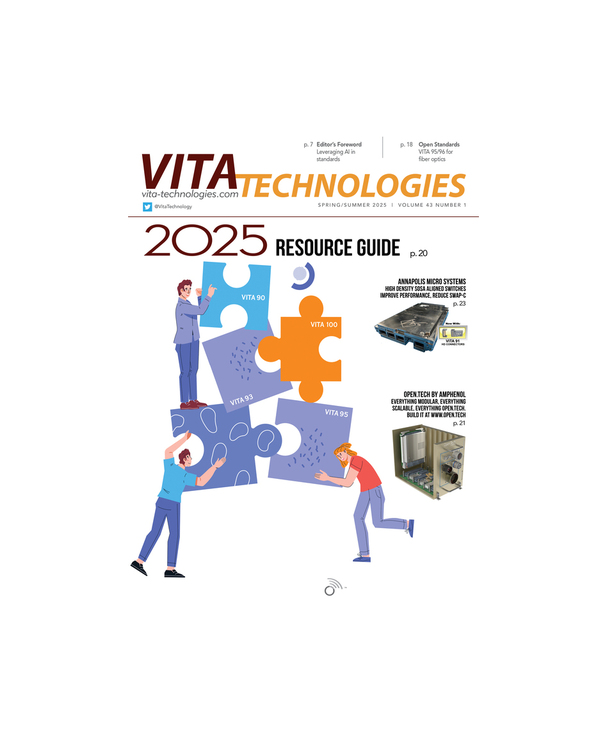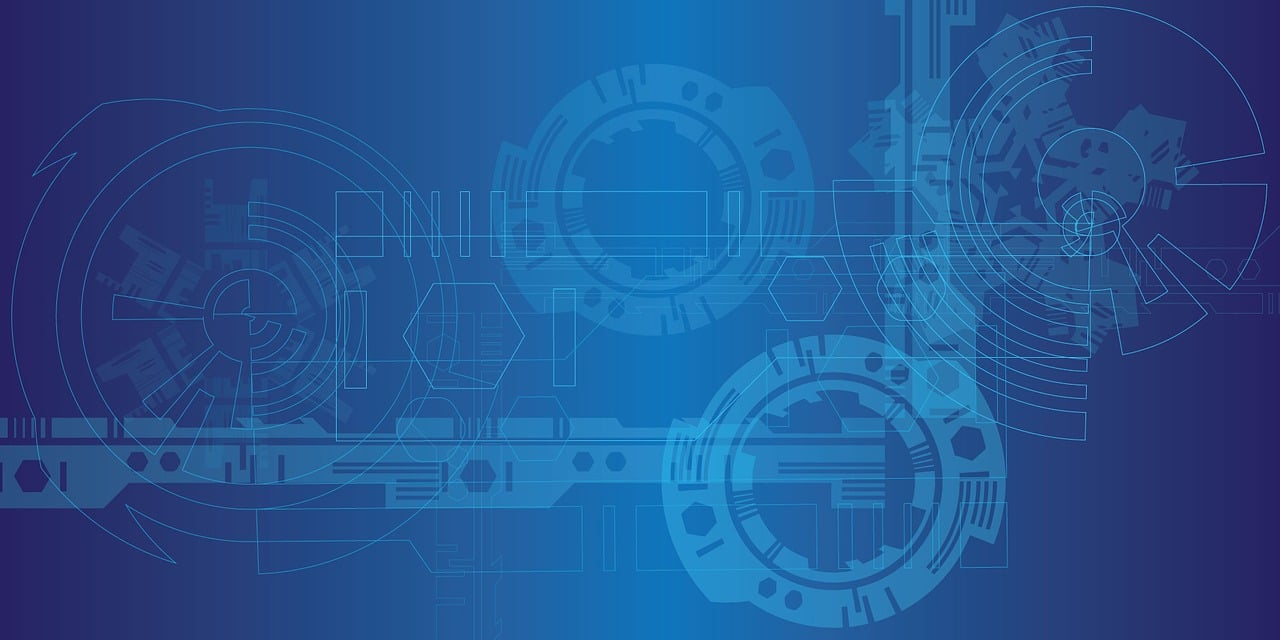Much of the innovation in technology is driven by various programs and initiatives launched by government agencies and branches of the armed forces. These programs set goals and objectives that tend to stretch the capabilities of current solutions, driving innovation that leads to the next breakthrough technology.
Many defense programs strive to reduce development time and product life cycle costs by using commercially available components in their programs. There are several initiatives that influence or drive open standards development or the use of commercially available products.
DARPA programs
The Defense Advanced Research Projects Agency’s (DARPA’s) mission is to maintain the technological superiority of the U.S. military and prevent technological surprise from harming our national security by sponsoring revolutionary, high-payoff research, bridging the gap between fundamental discoveries and their military use.
Within DARPA are six offices that focus on relevant areas of research. Of those organizations, those listed in Table 1 have research projects that have the most impact on Intel technology.
DARPA maintains a list of their current solicitations where one can visit to see which projects might be of relevant interest. DARPA also schedules challenges that drive a lot of innovation; for instance, the 2005 DARPA Grand Challenge robotic race through the Mojave Desert, won by Stanford University. The current challenge is the DARPA Robotics Challenge (DRC). The primary technical goal of the DRC is to develop ground robots capable of executing complex tasks in dangerous, degraded, human-engineered environments.
Modular Open Systems Approach (MOSA)
MOSA is both a business and technical strategy for developing a new system or modernizing an existing one. It is an integral part of the toolset that will help the DoD achieve its goal of providing the joint combat capabilities required for 21st century warfare, including supporting and evolving these capabilities over their total life cycle.
DoDD 5000.1 states that, “Acquisition programs shall be managed through the application of a systems engineering approach that optimizes total system performance and minimizes total ownership costs. A modular, open-systems approach shall be employed, where feasible.”
MOSA lists several objectives but the most relevant to small form factor standards are:
- Leverage commercial investment
- Reduce the development cycle time and total life cycle cost
- Ensure that the system will be fully interoperable with all the systems which it must interface, without major modification of existing components
- Enhance commonality and reuse of components among systems
- Enhance access to cutting edge technologies and products from multiple suppliers
- Mitigate the risks associated with technology obsolescence
- Mitigate the risk of a single source of supply over the life of a system
- Enhance life cycle supportability
- Increase competition
VICTORY initiative
Vehicle Integration for C4ISR/EW Interoperability (VICTORY) was started as a way to correct the problems created by the “bolt on” approach to fielding equipment on U.S. Army vehicles. Implementation of VICTORY allows tactical wheeled vehicles and ground combat systems to recover lost space while reducing weight and saving power – the SWaP portion of the initiative.
Additionally, implementation allows platform systems to share information and provide an integrated picture to the crews – the connected portion of the initiative. Finally, implementation provides an open architecture that will allow platforms to accept future technologies without the need for significant re-design – the cost containment portion of the initiative.
Under the initiative, a framework for integration of C4ISR/EW, and other electronic mission equipment on ground platforms, continues to be developed. VICTORY provides a phased set of standard specifications covering the capabilities needed to integrate C4ISR/EW mission equipment and platform applications.
The VICTORY standard specifications are developed by a government-industry standards body. This body follows an “adopt-adapt-author” methodology in the effort to move towards establishing a set of open standards for use within the vehicle and mission system communities. These standards are independent of specific hardware or software solutions. Several small form factors are being proposed as part of the VICTORY solutions.
FACE Consortium
The Future Airborne Capability Environment (FACE) Consortium is an aviation-focused professional group made up of U.S. industry suppliers, customers, and users and is hosted by The Open Group. The consortium is creating a technologically appropriate open FACE reference architecture, standards, and business model that will result in:
- Standardized approaches for using open standards within avionics systems
- Standards that support a robust architecture and enable quality software development
- The use of standard interfaces that will lead to reuse of capabilities
- Defined interoperability within FACE systems and components
- Portability of applications across multiple FACE systems and vendors
Impact on VITA standards
All of the aforementioned programs, initiatives, and consortium have considerable impact on what type of standards are developed in VITA working groups. The influence provides guidance and helps to establish goals for the impacted working groups. 3U VPX, VITA 59: Rugged COM Express, VITA 73: SFF, VITA 74: Nano SFF, and VITA 75: Rugged SFF have all been motivated by some aspect of these influences.
VITA 74: Nano SFF is a direct result of the VICTORY initiative, as Themis Computers was interpreting the requirements for SWaP into a new small form factor standard.
The Curtiss-Wright Controls Defense Solutions’ Digital Beachhead Ethernet switch and Vehicle Management Computer appear to be packaged to something approaching the VITA 75. It is housed in a small and lightweight rugged chassis, with I/O configurations in the spirit of the specification.
Hardware and software companies are each participating in the FACE Consortium and the VICTORY Initiative (see Table 2). They are working together to address the concerns of each program in developing standards necessary to their success.
Summary
3U VPX is showing up in many deployed systems now and it is only a matter of time before some of the other small form factors make it to the front lines.
Small form factor boards and systems are very important to the next generation of critical and intelligent embedded systems. New initiatives, programs, and consortium will emerge and others will fade away. But you can rest assured that we are only at the forefront of a wave of small form factor innovation.










